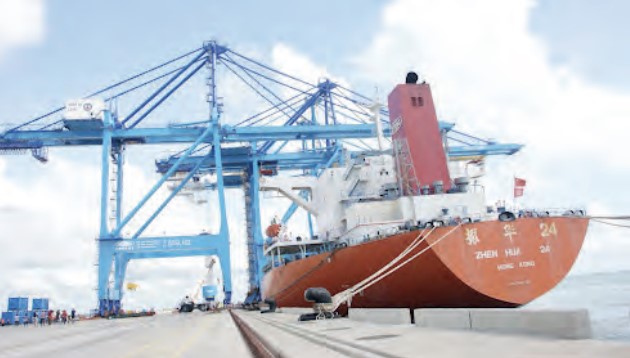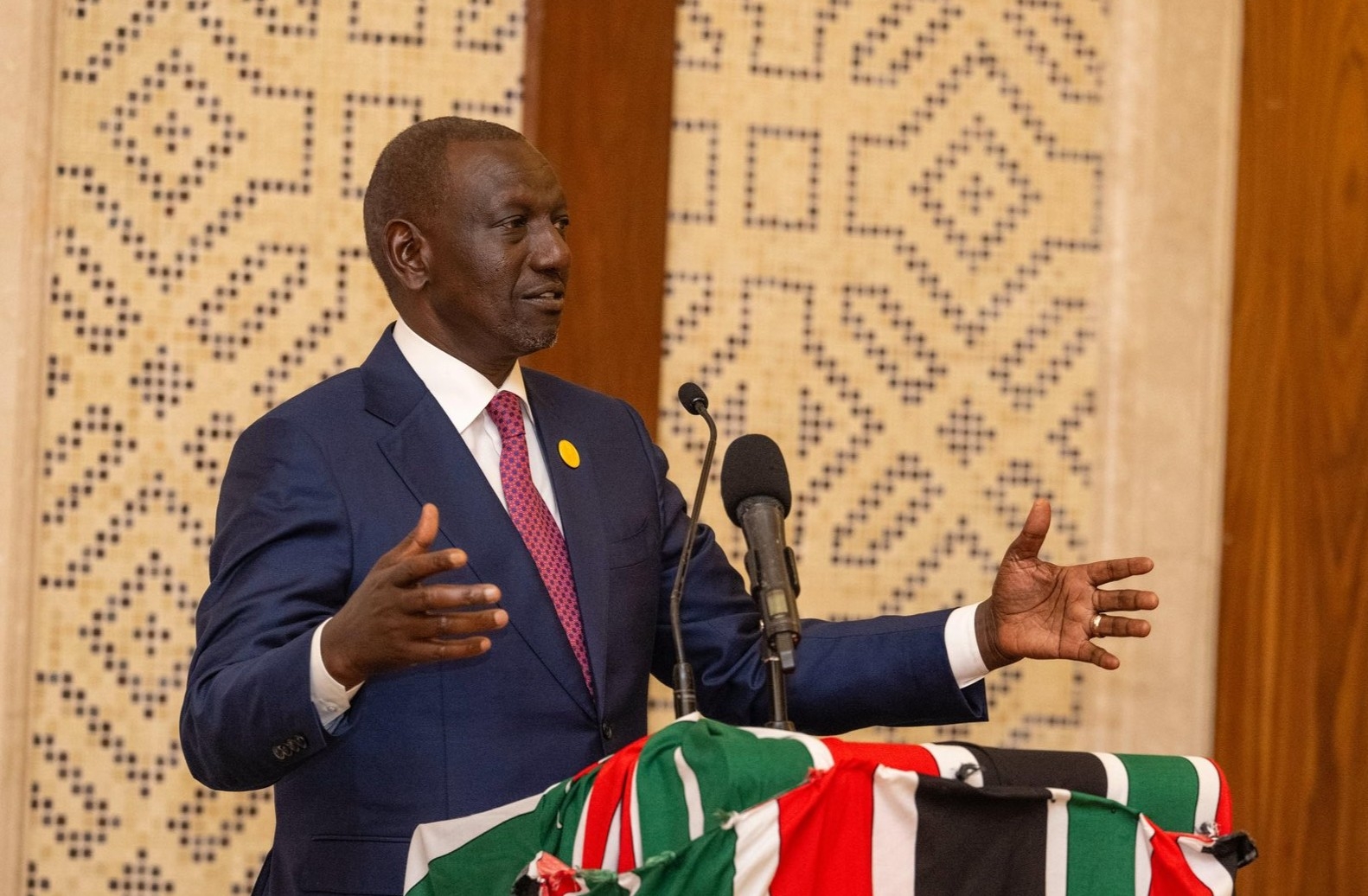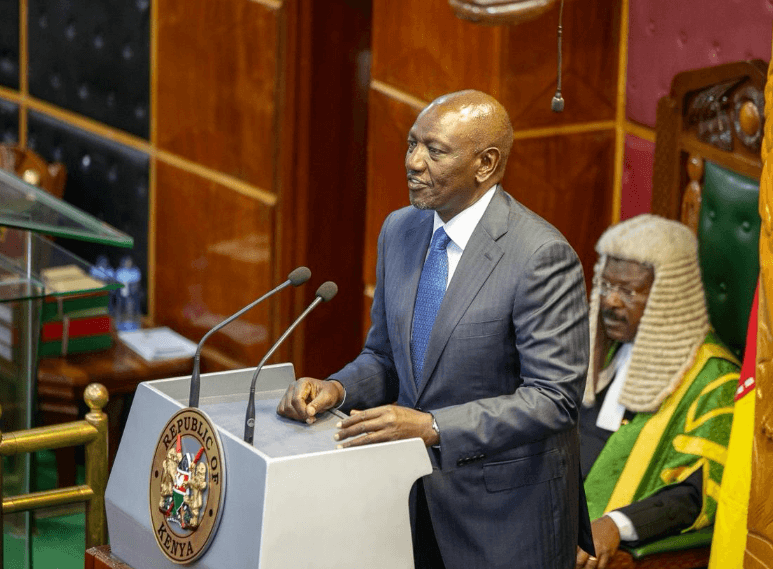
Continued reliance on the Port of Djibouti and recent deal between Ethiopia and Somaliland has thrown a spanner in the works on Kenya’s push to have the neighbouring country fully embrace Lamu Port.
This is under the Sh1.2 trillion Lamu Port-South Sudan-Ethiopia-Transport (LAPSSET) Corridor, where the three countries are partners.
Djibouti has given Ethiopia 100 per cent access to its port, which currently handles up to 95 per cent of the landlocked country’s international trade.
The second most populous country in Africa, after Nigeria, has also entered into a deal to use the main port in Somalia's breakaway region of Somaliland, as the landlocked country seeks more access to sea channels for shipping.
It has acquired a 19 per cent share in the port of Berbera in Somaliland through a deal negotiated by Dubai Ports World, a deal that gives it access to the Red Sea and further North to the Suez Canal, a key global trading route.
“Overall, recognising the long-overdue need for sustainable sea outlets to improve economic performance and global trade presence is a step in the right direction for Ethiopia,” Senior Researcher Eden Tafesework noted.
These developments are now seen to be a headache for Kenya which has been courting Ethiopia to increase its use of Lamu Port, Kenya’s second major sea port.
Since its commissioning in May 2021, less than 70 vessels have called at Lamu Port whose first three berths constructed at a cost of Sh40 billion became operational.
Last year, the port handled 36 vessels and 37,576 tonnes of cargo, up from 6,539 tonnes in 2022, official data shows, majority being transshipment cargo headed to other destination away from Ethiopia and South Sudan.
The first Ethiopian cargo vessel docked at the port in May this year.
Ethiopian vessel MV Abbay II berthed with a consignment of 60,000 metric tonnes of fertiliser, three years after the port became operational, pointing to the underutilisation of Lamu Port by the country despite being a major stakeholder in LAPSSET.
This is despite heavy investment in equipment and personnel by Kenya Ports Authority (KPA).
Ethiopia’s Ministry of Transport and Logistics, State Minister Dhenge Boru noted that the inaugural arrival of Abbay II was a pivotal moment for the region and a testament to the collective vision.
“Lamu Port is not just a harbour but the heartbeat of the Lapsset corridor, and a lifeline that binds Kenya, South -Sudan and Ethiopia in the capacity of trade connectivity,” Boru said during the maiden call by the Ethiopian vessel.
Nevertheless, vessels calling at Lamu Port which is being positioned to be a transshipment hub remain minimal compared to other regional ports, with Oman’s Port of Salalah remaining king in transshipment business.
Kenya has since been sent back to the drawing board as it courts its partners in the project, with Lamu being fronted as strategic for cargo destined for southern Ethiopia and South Sudan, and transshipment to other ports.
Lamu has the proximity of handling cargo between ports in Tanzania, South Africa, Middle East, Europe and Oman's Port of Salalah, with KPA projecting traffic to reach 23.9 million tonnes by 2030.
According to KPA managing director William Ruto, the Port of Lamu stands ready to further enhance its capacity and capabilities to meet the growing demands of international trade.
KPA has made significant investments including the acquisition of equipment and development of infrastructure to position Kenya's second commercial port as a trade and logistics hub in the region, Ruto recently noted.
The government has been courting investors towards infrastructure development and creating a Special Economic Zone around Lamu Port, which is envisioned to have at least 23 berths.
The port has the capacity to handle ships with a carrying capacity of up to 12,000 TEUs, compared to the 8,000 to 10,000 TEUs carrying capacity vessels that are calling at the Port of Mombasa.
Lamu can handle Post-Panamax ships. This are vessels that cannot pass the Panama Canal, with the word Post-Panamax being used to decribe world's biggest vessels.
Its natural depth and proximity to the open sea makes it potential for transshipment as it will attract lager vessels that cannot dock at Mombasa, according to the Shippers Council of Eastern Africa (SCEA).
Kenya Revenue Authority (KRA) has deployed the new ICMs Customs System at the Port to ensure faster clearance of cargo and enhance turnaround time to secure competitive advantage in the shipping industry, and pull more business to the port.
Road infrastructure is also taking shape, albeit slow.
The Economic Survey 2024 indicates that the Lamu- Ijara- Garissa, which is the longest road (453 km) under construction and also a LAPSSET project was 51 per cent complete as of December 2023.
Long distance track drivers are also expecting the government to improve security along the corridor, where Somalia terror group Al-Shabaab has from time to time carried out attacks.
According to the Long Distance Truck Drivers Association, truckers will keep off Lamu Port and continue hauling cargo from Mombasa into the hinterland through the Northern Corridor, if security is not guaranteed.
“We can’t have our members exposed. They must be assured of their security if they are to fully embrace Lamu port and the LAPSSET corridor, its leadership told the Star.
The Lapsset Corridor Development Authority has been keen on infrastructure development to bring down operational costs and turnaround time along the route, which it says has reduced from around seven days to three days, while the cost of transporting a container has gone down to an average $3,500 (Sh451,500 ) from previous average costs of between $7,000 (Sh903,000) and $8,000 (Sh1 million).
“With the recent gazettement of the Lamu Special Economic Zone and the efforts to secure funding for the Railway line, theLAPSSET Corridor is already setting pace in spearheading development in Africa,” the authority said.












